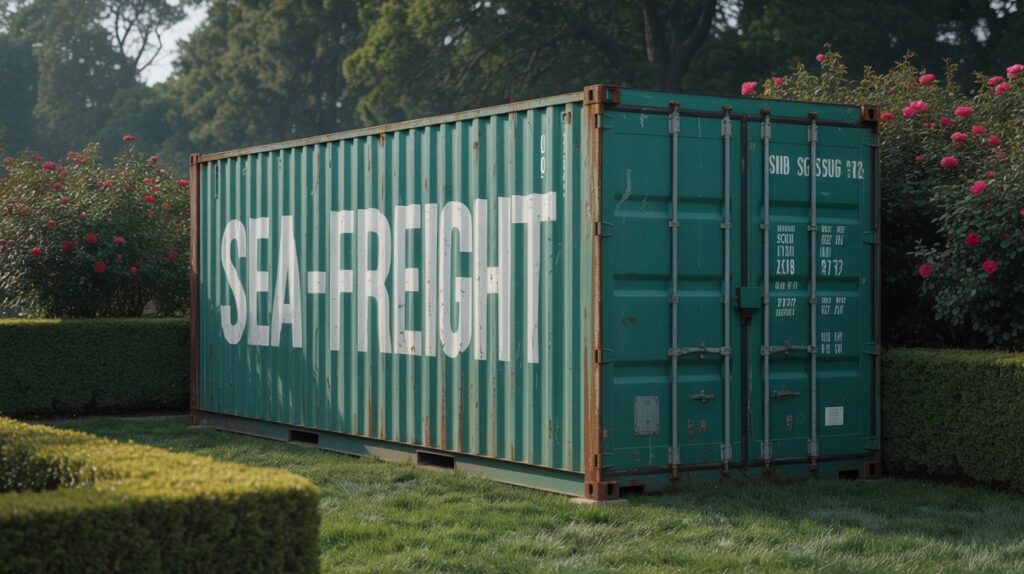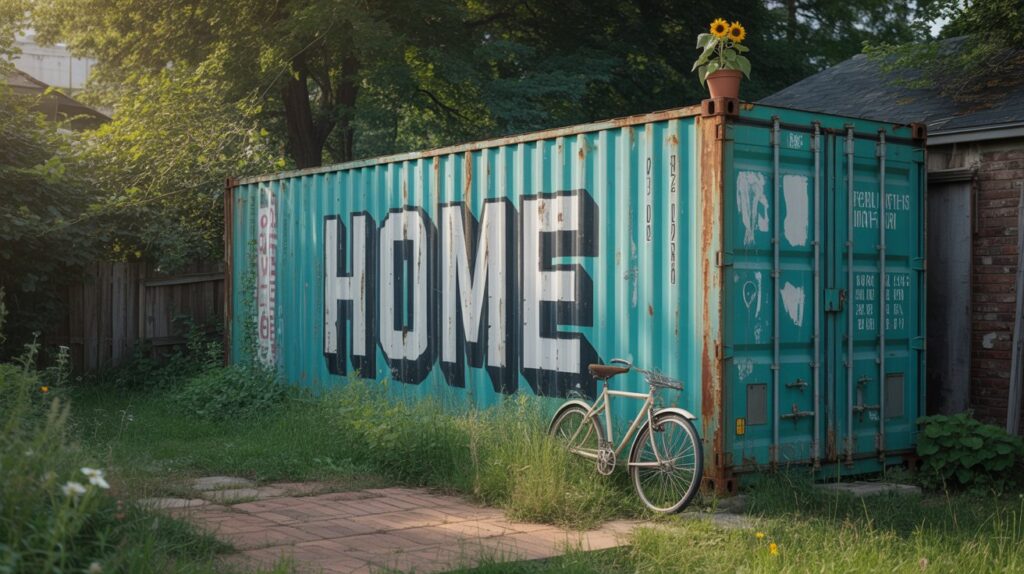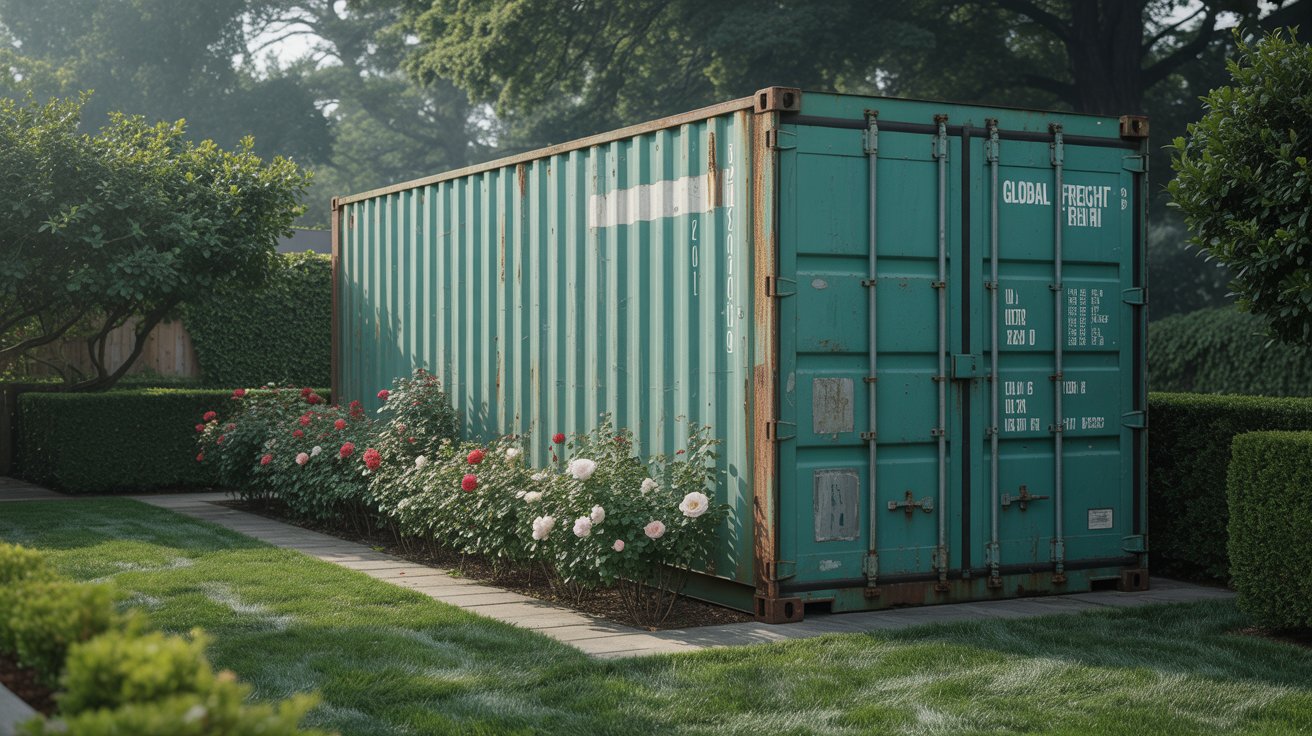Have you ever thought about placing a shipping container in your backyard? Whether it’s for storage, a workspace, or even a unique living space, using a shipping container is an innovative and cost-effective solution. However, before you dive into this exciting project, you might be wondering: “Do I need a permit to put a shipping container in my backyard?” Let’s explore this topic in a friendly and informative way to help guide you through the steps and considerations you should take into account.
Understanding Shipping Containers
Shipping containers, usually made from durable steel, are traditionally used for transporting goods across the ocean. Yet, their robust build and spacious interior have sparked a trend in converting these containers into functional spaces. Before diving deeper into permit requirements, it’s beneficial to understand what shipping containers are and how they could serve you.
Advantages of Using Shipping Containers
Shipping containers offer several advantages when used creatively as private spaces. They’re cost-effective, eco-friendly, and can be customized to suit various needs. These containers are engineered to withstand harsh environments, ensuring durability for years to come.
Potential Uses for Shipping Containers
The adaptability of a shipping container has made it a popular choice for various purposes. Some people utilize them as extra storage spaces, artist studios, home offices, or even guest houses. The possibilities are numerous, which explains their growing allure among homeowners.
Determining Permit Requirements
Now, the burning question: do you need a permit to place a shipping container in your backyard? The answer varies based on several factors, including your location, the intended use of the container, and local legislation.
Local Zoning Laws
The primary factor influencing permit requirements is local zoning laws. These laws dictate what can be done within specific areas of a municipality. To find out if you need a permit, you should first contact your local zoning or planning department.
| Steps to Determine Permit Needs |
|---|
| Contact local zoning office |
| Understand zoning regulations |
| Check for any size restrictions |
| Inquire about placement rules |
Permits Based on Usage
The function of your shipping container will also likely affect the need for a permit. A container used simply for storage may require different permission compared to one converted into a habitable space.
- Storage Use: If the container will serve solely as storage, a straightforward permit process may apply, depending on local laws.
- Living or Workspace Use: A container used as a living or workspace is subject to more stringent regulations given it will affect both infrastructure and utilities.
Considerations for Modifications
Should you wish to modify or customize your shipping container, like adding windows, plumbing, or electricity, permit requirements could become more intricate. Alterations often place the container into a different category, changing its zoning status.

Applying for a Permit
If you discover that you do need a permit, the process might seem overwhelming at first, but breaking it down into steps can simplify it.
Gathering Necessary Documents
Proper preparation can greatly ease the permit application process. You’ll likely need documents such as site plans, structural plans of the container, and details of intended utilities (if applicable).
Submitting the Application
Once your documents are ready, submitting your application to the relevant local government department comes next. This step often requires paying a fee, which varies by location.
Awaiting Approval
Permit approval can take time, so patience is necessary. During this period, the authorities might need to inspect the site or ask for additional information to ensure that everything meets safety and legal standards.
Maintaining Compliance
Obtaining the necessary permit is only the beginning. Compliance with local regulations is ongoing and critical.
Regular Inspections
Regular inspections may be required to ensure that your container remains within code and has not been altered inappropriately or unsafely.
Adhering to Safety Standards
Safety standards and regulations exist to protect everyone involved. Ensuring you comply with building codes, especially for habitable containers, is paramount.

Potential Challenges and How to Overcome Them
Navigating permits can sometimes be challenging. However, knowing some potential obstacles in advance can help you overcome them efficiently.
Changes in Zoning Laws
Zoning laws can change, sometimes unexpectedly. Staying informed about potential changes can save headaches down the line. In case a change affects your container, consulting with a legal professional might offer guidance.
Community Concerns
Sometimes projects can draw criticisms or concerns from neighbors. Ensuring clear communication about your project and its adherence to regulations can mitigate potential disputes.
Financial Considerations
Permit fees and compliance costs can add up. Planning a budget that accounts for these expenses up front can help maintain financial control over your project.
Conclusion
In summary, placing a shipping container in your backyard is an exciting venture that opens up many possibilities. However, understanding the permit requirements, based on your specific location and intended use of the container, is crucial. Thorough research and proper planning will set you on a path to successfully integrating this innovative solution into your life.
Regardless of your envisioning a simple storage container or a fully functional workspace, acquiring the necessary permits will help ensure your peace of mind and community compliance. So, are you ready to turn your shipping container vision into a reality? With the right information and preparation, you’ll be well on your way.
This article is for informational purposes only. Always check local laws and consult officials before placing a shipping container on your property.

